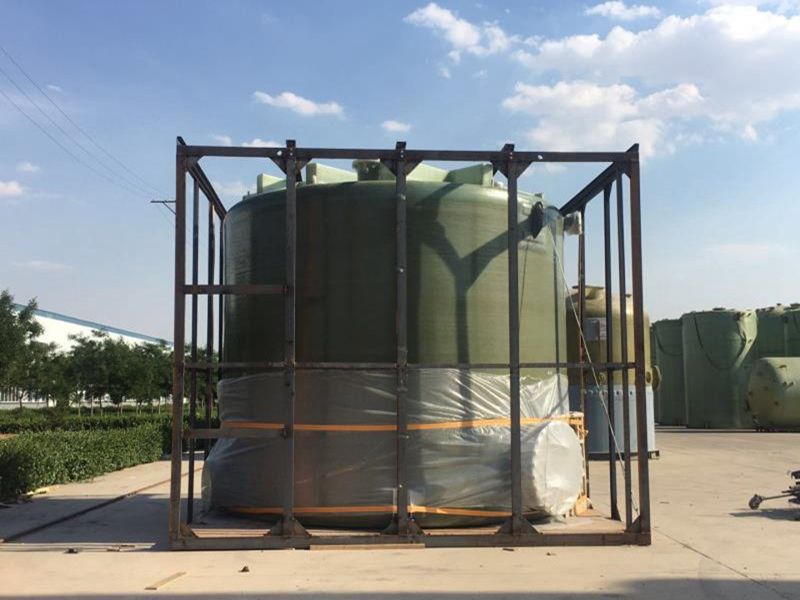
-
 Afrikaans
Afrikaans -
 Albanian
Albanian -
 Amharic
Amharic -
 Arabic
Arabic -
 Armenian
Armenian -
 Azerbaijani
Azerbaijani -
 Basque
Basque -
 Belarusian
Belarusian -
 Bengali
Bengali -
 Bosnian
Bosnian -
 Bulgarian
Bulgarian -
 Catalan
Catalan -
 Cebuano
Cebuano -
 China
China -
 China (Taiwan)
China (Taiwan) -
 Corsican
Corsican -
 Croatian
Croatian -
 Czech
Czech -
 Danish
Danish -
 Dutch
Dutch -
 English
English -
 Esperanto
Esperanto -
 Estonian
Estonian -
 Finnish
Finnish -
 French
French -
 Frisian
Frisian -
 Galician
Galician -
 Georgian
Georgian -
 German
German -
 Greek
Greek -
 Gujarati
Gujarati -
 Haitian Creole
Haitian Creole -
 hausa
hausa -
 hawaiian
hawaiian -
 Hebrew
Hebrew -
 Hindi
Hindi -
 Miao
Miao -
 Hungarian
Hungarian -
 Icelandic
Icelandic -
 igbo
igbo -
 Indonesian
Indonesian -
 irish
irish -
 Italian
Italian -
 Japanese
Japanese -
 Javanese
Javanese -
 Kannada
Kannada -
 kazakh
kazakh -
 Khmer
Khmer -
 Rwandese
Rwandese -
 Korean
Korean -
 Kurdish
Kurdish -
 Kyrgyz
Kyrgyz -
 Lao
Lao -
 Latin
Latin -
 Latvian
Latvian -
 Lithuanian
Lithuanian -
 Luxembourgish
Luxembourgish -
 Macedonian
Macedonian -
 Malgashi
Malgashi -
 Malay
Malay -
 Malayalam
Malayalam -
 Maltese
Maltese -
 Maori
Maori -
 Marathi
Marathi -
 Mongolian
Mongolian -
 Myanmar
Myanmar -
 Nepali
Nepali -
 Norwegian
Norwegian -
 Norwegian
Norwegian -
 Occitan
Occitan -
 Pashto
Pashto -
 Persian
Persian -
 Polish
Polish -
 Portuguese
Portuguese -
 Punjabi
Punjabi -
 Romanian
Romanian -
 Russian
Russian -
 Samoan
Samoan -
 Scottish Gaelic
Scottish Gaelic -
 Serbian
Serbian -
 Sesotho
Sesotho -
 Shona
Shona -
 Sindhi
Sindhi -
 Sinhala
Sinhala -
 Slovak
Slovak -
 Slovenian
Slovenian -
 Somali
Somali -
 Spanish
Spanish -
 Sundanese
Sundanese -
 Swahili
Swahili -
 Swedish
Swedish -
 Tagalog
Tagalog -
 Tajik
Tajik -
 Tamil
Tamil -
 Tatar
Tatar -
 Telugu
Telugu -
 Thai
Thai -
 Turkish
Turkish -
 Turkmen
Turkmen -
 Ukrainian
Ukrainian -
 Urdu
Urdu -
 Uighur
Uighur -
 Uzbek
Uzbek -
 Vietnamese
Vietnamese -
 Welsh
Welsh -
 Bantu
Bantu -
 Yiddish
Yiddish -
 Yoruba
Yoruba -
 Zulu
Zulu
Understanding the Importance of Acid Storage Tanks in Industrial Applications
Understanding Acid Storage Tanks Safety, Design, and Regulations
Acid storage tanks are specialized containers designed to safely store various types of acids, including sulfuric acid, hydrochloric acid, and nitric acid. These tanks play a critical role in industries such as chemical manufacturing, oil refining, and waste treatment, where acids are often used as raw materials or reactants. Given the corrosive nature of these substances, the design, construction, and operation of acid storage tanks are governed by strict safety standards and regulations to prevent leaks, spills, and associated hazards.
Design Considerations
The design of an acid storage tank is paramount in ensuring its safety and efficacy. The choice of materials is critical; common materials include carbon steel, stainless steel, and specialized alloys. For high-corrosiveness acids, high-density polyethylene (HDPE) or fiberglass-reinforced plastic may be used. These materials are selected based on their compatibility with the specific acids being stored, as well as their ability to withstand changes in temperature and pressure.
Tank shape and dimensions also play a significant role in safety and functionality. Vertical cylindrical tanks are the most common design, providing effective pressure distribution and minimizing the risk of structural failure. Tanks must also be equipped with proper reinforcement to handle the weight of the acid when full and to withstand environmental stressors, such as seismic activity or high winds.
Safety Features
Given the hazardous nature of acids, safety features in tank design are essential. Secondary containment systems are critical for preventing leaks and spills. These systems can include secondary tanks or dikes that surround the primary tank. Additionally, most acid storage tanks are equipped with pressure relief valves to prevent overpressure conditions that could lead to catastrophic failures.
Monitoring systems are increasingly becoming standard in acid storage tanks. These can range from simple level gauges to complex electronic systems that can detect changes in temperature, pressure, and chemical composition. Alarms and automatic shut-off valves can interrupt operations quickly in the event of abnormal readings, providing an added layer of safety.
acid storage tank

Regulatory Compliance
Acid storage tanks are subject to numerous regulations and standards, which vary by country and industry. In the United States, the Environmental Protection Agency (EPA) and Occupational Safety and Health Administration (OSHA) impose rigorous standards for the handling and storage of hazardous materials. The National Fire Protection Association (NFPA) provides guidelines on fire safety, focusing on the prevention and mitigation of fire risks associated with acid storage.
In addition to government regulations, industry best practices play a crucial role in ensuring the safe operation of acid storage tanks. Regular inspections, maintenance, and training for personnel are necessary to uphold safety standards. Facilities must conduct regular assessments of tank integrity, checking for signs of corrosion, leaks, or structural damage. Training programs should equip employees with the knowledge of safe handling procedures, emergency response protocols, and the importance of personal protective equipment (PPE).
Environmental Impact
The potential environmental impact of acid spills can be severe, affecting soil and water quality. Consequently, acid storage tank operators must be proactive in implementing preventive measures. Emergency response plans should be established and regularly rehearsed. Additionally, sustainability practices, such as recycling and proper waste disposal, can mitigate the environmental risks associated with acid storage.
Lastly, the development of new technologies in monitoring and tank construction is helping to advance the standards of acid storage. Innovations such as smart sensors that can detect minute leaks or environmental changes may revolutionize how industries manage acid storage.
Conclusion
Acid storage tanks are vital components of many industrial operations, requiring careful design and rigorous safety measures to prevent accidents and environmental damage. By adhering to regulations, utilizing the right materials and safety features, and continually improving monitoring systems, facilities can effectively manage the inherent risks associated with acid storage. Ultimately, the goal is to protect human health, safeguard the environment, and maintain efficient operations in industries that rely on these essential materials.









